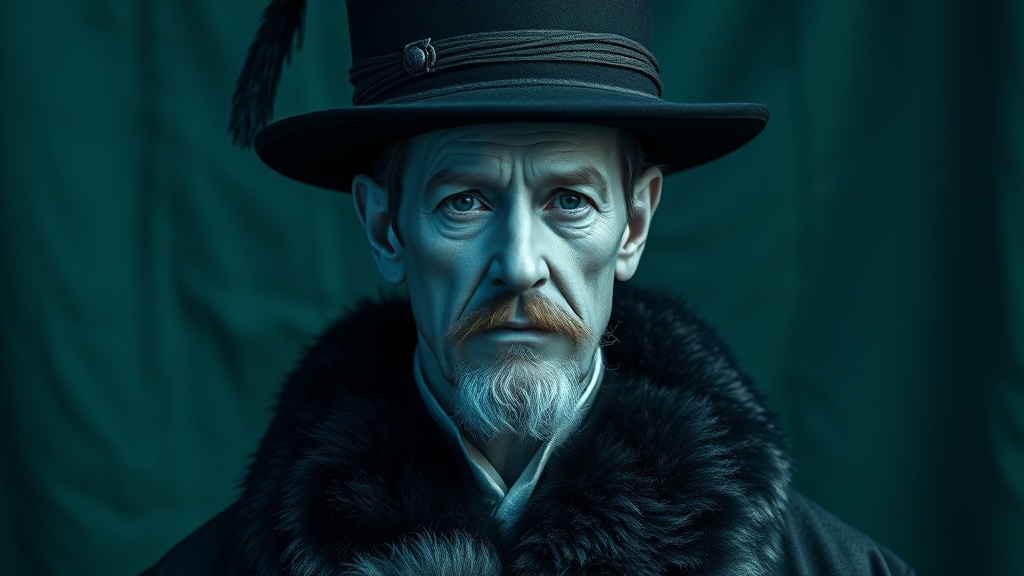Home / Arts and Entertainment / Hans Holbein: Capturing Souls in a Dangerous Era
Hans Holbein: Capturing Souls in a Dangerous Era
24 Nov
Summary
- Holbein's portraits defined our image of Henry VIII's court.
- He captured both piety and cruelty in Thomas More's likeness.
- His painting of Anne of Cleves caused a royal marriage debacle.

The art of Hans Holbein provides unparalleled insight into the volatile Tudor court, defining our visual understanding of King Henry VIII and his contemporaries. His portraits, renowned for their striking realism, captured the complex nature of figures like Thomas More, a man of deep faith and harsh justice, and famously depicted Anne of Cleves, whose portrait led to a disastrous royal marriage.
Holbein's career spanned periods of political upheaval, and his ability to navigate these dangerous times, shifting allegiances from Thomas More to Thomas Cromwell, demonstrates his shrewd survival skills. His iconic rendering of Henry VIII, powerful yet thuggish, was created for the Palace of Whitehall, projecting an image of strength for a monarch in declining health.
Beyond royal commissions, Holbein's work confronted stark realities, including the visceral depiction of Christ's dead body. This new scholarly biography, the first in over a century, illuminates Holbein's genius in capturing the vital, lived experiences of individuals caught in the dramatic currents of English history.




